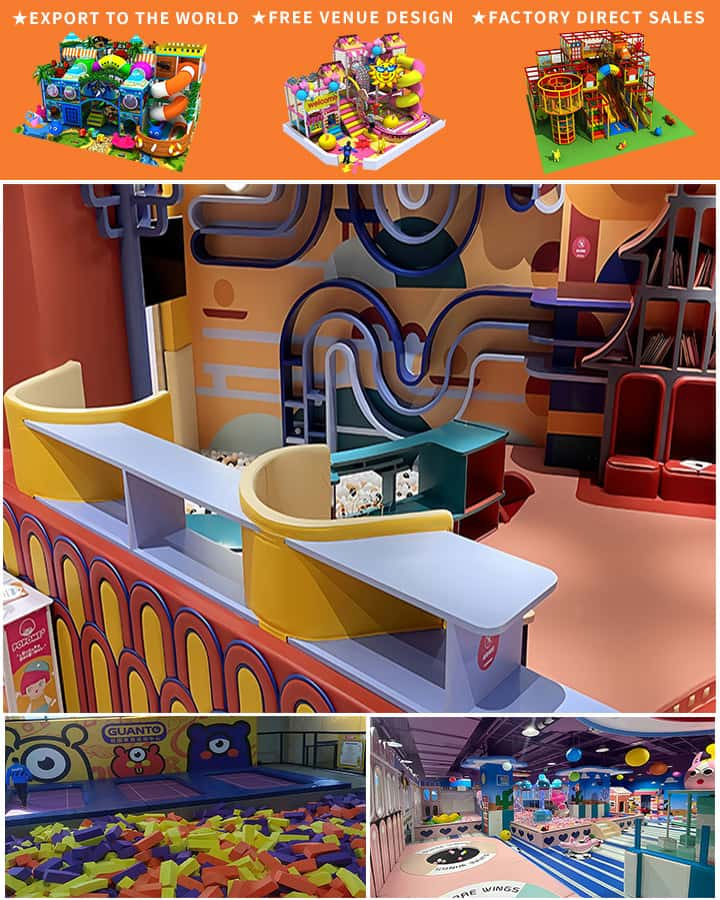Indoor play areas are a crucial element in the development and happiness of children. They provide not only a physical space for kids to run, jump, and explore but also an environment where their creativity and imagination can flourish. A key aspect that often goes unnoticed in the design of these play areas is the shape of the space itself. The shapes of indoor play areas can significantly influence both the functionality and the fun factor of these spaces. Here’s a deeper look into how different shapes can transform an indoor play area.
Rectangular Play Areas: Classic and Versatile
One of the most common and versatile shapes for indoor play areas is the rectangle. This classic shape aligns well with the architecture of most buildings and allows for efficient use of space. Rectangular play areas can be easily divided into zones for different activities such as reading nooks, art stations, and climbing structures. Additionally, their straightforward layout makes it simple to add or remove furniture and equipment according to evolving needs.
Circular Play Areas: Encouraging Interaction

Circles introduce a unique dynamic to indoor play areas. Unlike the rigid angles of squares and rectangles, circles create a sense of inclusivity and encourage children to move around freely. Round tables, circular rugs, and even round-shaped climbing structures can foster collaborative play and social interaction among children. Furthermore, circular designs can be visually appealing and can serve as a central focal point, drawing kids into the heart of the play area.
Square Play Areas: Symmetry and Structure
Square indoor play areas offer a balance between structured space and creative freedom. The symmetry of squares provides a sense of order, which can be calming for young children. Square spaces are particularly effective when used for structured activities such as building blocks or puzzles, where clear boundaries help to contain and organize toys. Moreover, squares can easily be combined or subdivided to create more complex layouts without losing their inherent sense of balance.
Irregular Shapes: Sparking Creativity
For those looking to break away from conventional shapes, irregular play areas offer endless possibilities. These whimsical shapes can stimulate children’s imagination by mimicking natural forms like caves, forests, or even abstract concepts. Irregular shapes allow for creative architectural elements such as winding pathways, hidden alcoves, and unexpected corners that invite exploration. Such spaces are particularly beneficial in encouraging pretend play and narrative building, as they can easily be transformed into various settings through simple props and decorations.
Combining Shapes: Maximizing Fun and Functionality
Often, the best indoor play areas combine multiple shapes to maximize both functionality and fun. For instance, a combination of rectangles and squares can create an efficient layout with designated zones for different activities while still providing enough open space for free play. Adding circular elements can introduce softness and flow, ensuring that the transition between different sections feels natural and engaging.
Conclusion
The shape of an indoor play area plays a pivotal role in its overall effectiveness and appeal. Whether you opt for the timeless versatility of rectangles, the inclusive nature of circles, the balanced simplicity of squares, the imaginative allure of irregular shapes, or a combination thereof, each design choice brings its unique benefits. By thoughtfully considering the shapes that define these spaces, we can create environments that not only support physical activity but also enhance social interaction, creativity, and emotional well-being for children.




